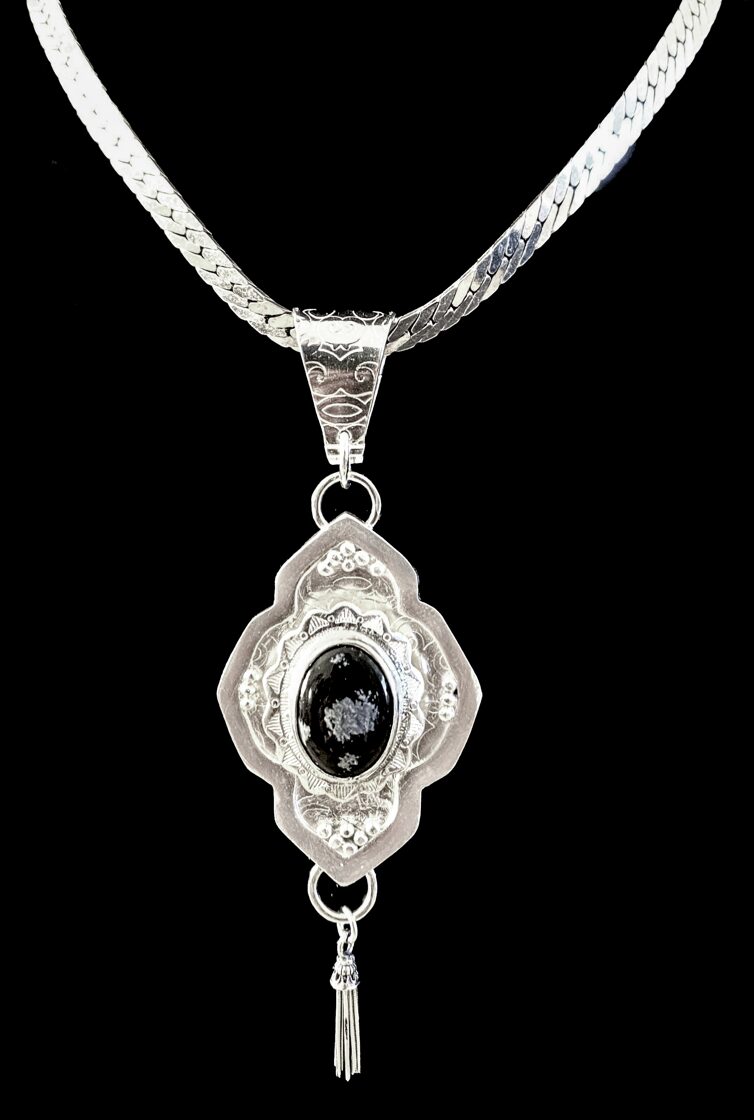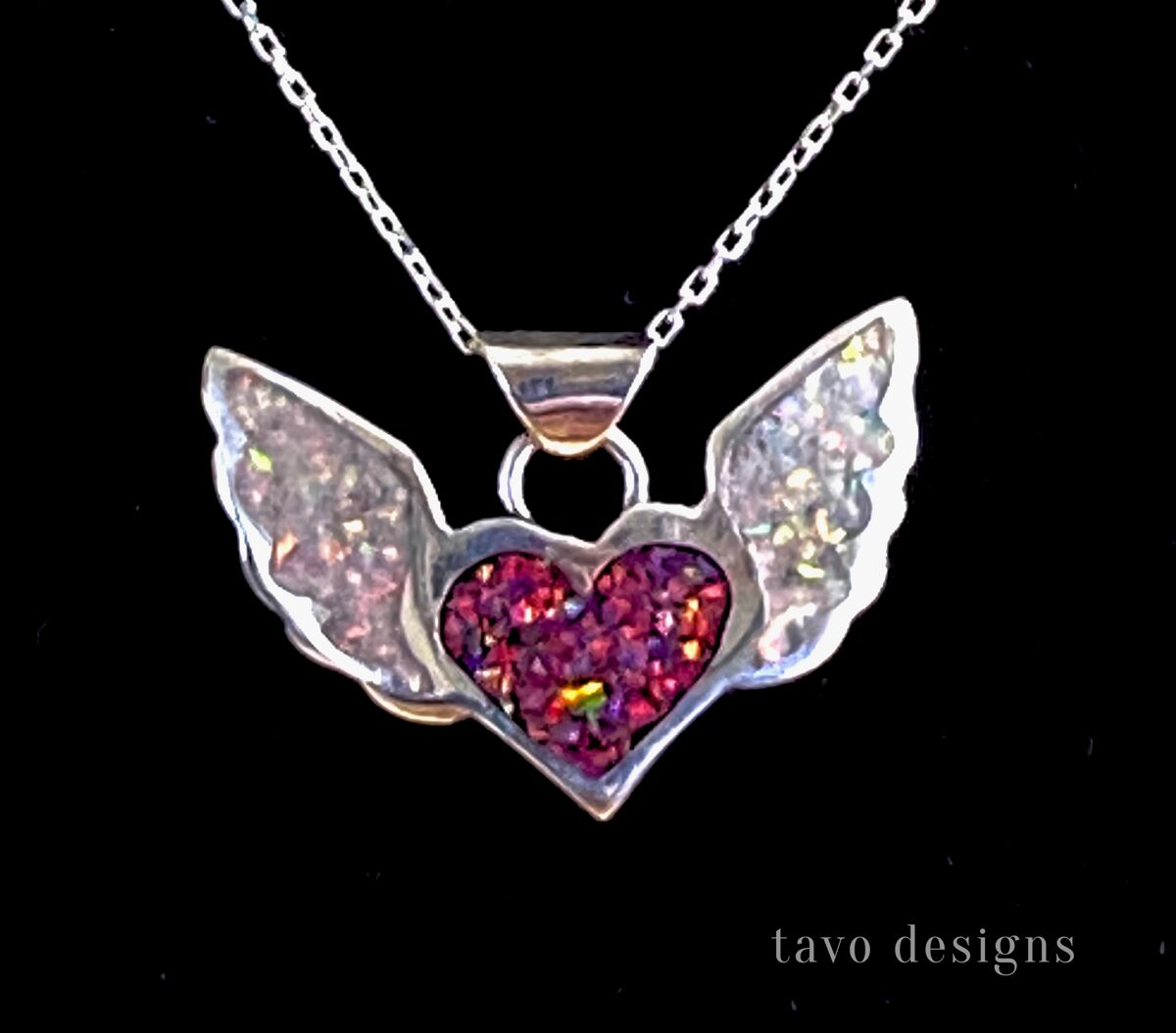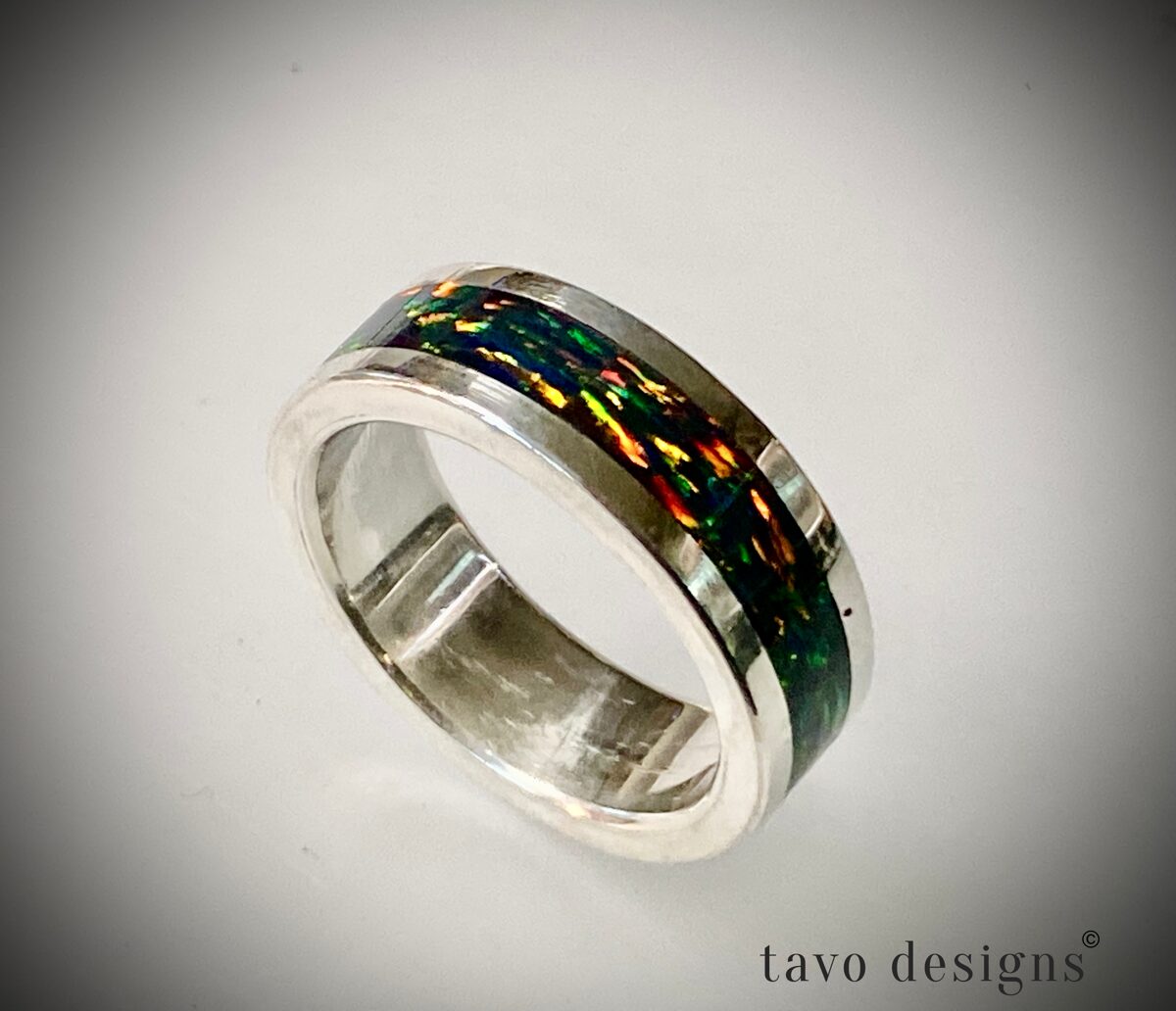How to Clean and Care for Silver Jewelry
30 Jun, 2025
Silver jewelry is timeless and elegant, but it naturally tarnishes over time due to exposure to air, moisture, and daily wear. Regular maintenance helps preserve its shine and beauty. With the right care, your silver pieces can stay radiant for years. Below are the best practices to keep your silver jewelry clean, shiny, and protected from tarnish.

Best Practices for Cleaning and Caring for Silver Jewelry
Clean Regularly with a Silver Polishing Cloth
Gently buff your jewelry using a soft, non-abrasive silver polishing cloth to remove tarnish and restore its natural shine.Use Mild Soap and Water for Routine Cleaning
Mix a few drops of mild dish soap with warm water. Soak the jewelry briefly, then use a soft toothbrush to clean, rinse well, and dry with a soft cloth.Apply a Baking Soda Paste for Heavy Tarnish
Make a paste of baking soda and water, gently rub onto the jewelry using a cloth or soft brush, rinse thoroughly, and dry completely.Avoid Harsh Chemicals and Abrasive Materials
Never use bleach, ammonia, alcohol, toothpaste, or paper towels on silver. These can scratch or permanently damage the surface.Store in a Dry, Airtight Place
Keep silver jewelry in individual zip-lock bags or airtight containers to minimize exposure to air and moisture. Add anti-tarnish strips or silica gel for extra protection.Keep Pieces Separate to Prevent Scratches
Store each item individually or in a compartmentalized jewelry box to avoid contact and scratching between pieces.Wear Often to Reduce Tarnish
Regular wear helps keep silver shiny, as the friction from skin and clothing slows down oxidation.Remove Before Contact with Water or Chemicals
Take off silver jewelry before swimming, showering, cleaning, or applying lotions, perfumes, or hair products to prevent tarnish and damage.How to Slow Down Tarnishing:
Store Silver Properly: Keep it in an airtight container or pouch, and store it in a cool, dry place.
Clean Regularly: Wipe down your silver with a polishing cloth after wearing it to remove oils and other contaminants.
Avoid Chemicals: Remove jewelry before using any cleaning products, swimming in chlorine pools, or applying cosmetics.
When should you take it to a professional: DIY vs. Professional Cleaning
At-Home Polishing
Pros:
✅ Cost-effective – No extra fees; just basic supplies like a silver polishing cloth or mild soap.
✅ Quick and convenient – Can be done anytime at home.
✅ Good for regular maintenance – Helps prevent heavy tarnish with routine care.
Cons:
❌ Limited tools – May not fully restore heavily tarnished or detailed pieces.
❌ Risk of damage – Using the wrong cloth or cleaner can scratch or dull the silver.
❌ Hard to clean intricate designs – Delicate or filigree details are tough to polish thoroughly without specialized tools.
Best for:
Everyday upkeep
Light to moderate tarnish
Simple jewelry pieces
Professional Cleaning
Pros:
✅ Deep cleaning – Professionals use ultrasonic or steam cleaners to reach intricate details.
✅ Safe handling – Trained jewelers know how to treat delicate, antique, or gemstone-set pieces without risk.
✅ Restoration options – They can re-plate, re-polish, or even repair damaged jewelry.
Cons:
❌ Cost – Usually charges per item or per session.
❌ Takes time – Requires scheduling and potentially waiting for service.
Best for:
Heavily tarnished or oxidized silver
Jewelry with gemstones or intricate details
Vintage, heirloom, or sentimental pieces
Occasional deep cleans (every 6–12 months)
Bottom Line
Do it yourself for light cleaning and routine maintenance.
Go to a professional for deep cleaning, valuable pieces, or when the jewelry has intricate work, stones, or serious tarnish.
*At Tavo Art Studio/Tavo Designs, we take pride in our creations and want your jewelry to be as stunning as the day you purchased it for years to come.
For a limited time, as our valued customer, when you buy a 'Tavo Design brand' jewelry piece from us, you receive a yearly professional polishing service for the next three years from the purchase date.
Are you wondering what the difference is between an opal inlay ring and a crushed opal ring?
17 Apr, 2024,
No comments
The difference between a crushed opal ring and an opal inlay ring mainly lies in the type and appearance of the opal used, as well as the crafting technique. The same technique applies to pendants and other types of inlay jewelry.
Here’s a breakdown of each type and their qualities:
Crushed Opal Ring
- Material: Crushed opal consists of real or lab-created opal pieces that have been broken down into small fragments or powders. These fragments are often mixed with a resin or epoxy to create a composite material that is used for the inlay.
- Visual Effect: Because the opal is crushed, the resulting appearance is more uniform and can be highly colorful, with a glittering, sparkly effect. The resin used to bind the opal pieces can be tinted with colors to enhance or complement the natural opal fragments.
- Durability: The use of resin or epoxy makes the crushed opal composite quite durable and resistant to cracking or breaking compared to solid opal. This is particularly beneficial for rings, which are subject to frequent wear and tear.
- Variety: Crushed opal can be made from various types of natural or lab-created opal and can be combined with different colors of resin, offering a wide range of colors and patterns.
 |  |
Example of crushed opal pendant (left) and inlay ring (right)
Opal Inlay Ring
- Material: Opal inlay rings feature larger, solid pieces of opal that are cut to fit precisely into channels or cavities within the ring’s metal. The opal is generally whole and not mixed with any other substance.
- Visual Effect: This method allows for a smoother, often more refined look compared to the speckled appearance of crushed opal. The continuity of the piece allows for a more cohesive play-of-color across the opal's surface.
- Durability: While natural opals are beautiful, they are also somewhat fragile and can be prone to scratching, cracking, or breaking if not handled carefully. The inlay process offers some protection, as the opal is surrounded by metal, but the opal itself remains more delicate than the crushed and resin-bonded version. This is the reason why lab-created opal is used in many jewelry, especially inlaid rings for its superior durability compared to natural opals.
- Authenticity: Opal inlay rings are often more valued by collectors and enthusiasts who appreciate the natural or consistent look of the gemstones with minimal alteration or enhancement.
Choosing Between Them
- Aesthetic Preference: If you prefer jewelry with a high degree of sparkle and uniformity, a crushed opal ring might be appealing. If you value the unique characteristics of the opal gemstone, an opal inlay ring might be more suitable.
- Durability Needs: For rings that will be worn daily and exposed to rough use, crushed opal rings may be more practical due to their enhanced durability.
- Budget Considerations: Crushed opal rings can sometimes be less expensive due to the use of smaller, less perfect opal fragments and the combination with resins. Opal inlay rings can vary in price depending on the quality and size of the opal used.
Quality and Preference in Lab-Created Opal Rings:
In terms of quality, both types are considered high-quality as they are materials designed to emulate the beauty of natural opals. The choice between them typically comes down to personal preference regarding aesthetics. Some may prefer the unique, vibrant look of crushed opal with its myriad of colors and textures, while others might favor the sleek, consistent appearance of a solid opal inlay.
Ultimately, the choice between a crushed lab-created opal ring and a lab-created opal inlay ring should be guided by your personal style preference, the specific design and craftsmanship of the ring, budget, and how it fits into your lifestyle, especially considering factors like daily wear and durability.
If you have any questions regarding our opal jewelry feel free to contact me.
Thanks for reading.
Tavo
Follow me on Instagram: @tavoartstudio
Art Group Show
17 Mar, 2023,
No comments
Join us for our 2023 Art Group Show in Belmont, CA. We would love to see you there. 

We have a new website
30 Jan, 2023
Thank you for visiting tavo art studio. This is our first blog post on our new website, if you would like an email with any news or my latest painting available please fill out the contact form.
Hope to see you soon!
Cart
Cart is empty.
